Your cart is currently empty!
Saffron Varieties and Differences
You can make a successful saffron purchase only when you have sufficient knowledge about different saffron varieties and how to identify them. Before explaining the differences between saffron types, it is important to familiarize yourself with their names:
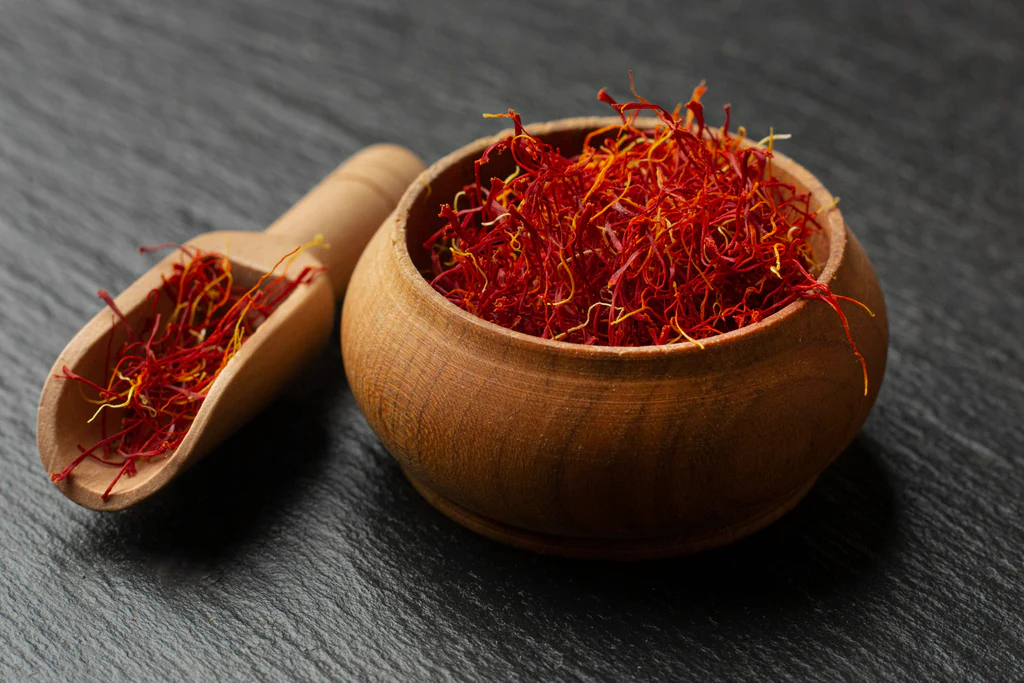
Saffron Varieties
- Negin Saffron
- Sargol Saffron
- Pushal Saffron
- Dasteh (Dokhtar-Pich) Saffron
- Root Saffron
You might assume that these types of saffron come from different flowers or that their cultivation methods vary, but that is not the case. The difference lies in the way the saffron stigma is cut and separated during the flower processing stage.
The saffron stigma, as shown below, is cut into different lengths, each given a specific name. You may wonder how these different types of saffron vary in quality and price. Stay with us in this article to find out the answers!
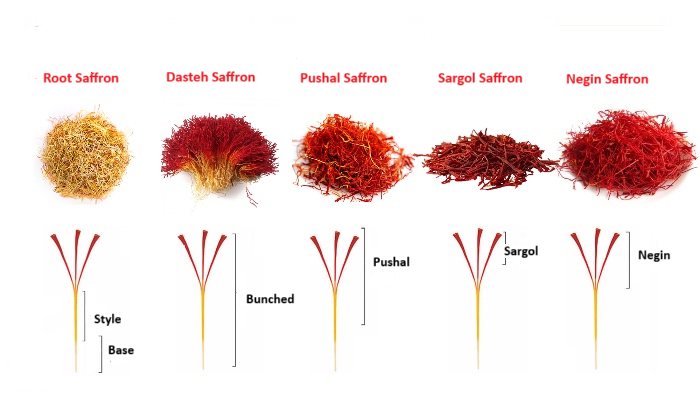
1- Negin Saffron
Negin Saffron is the first type of saffron we will examine. Negin Saffron consists solely of the red parts of the saffron stigma, with no yellow or white portions present. However, even within Negin Saffron, there are different quality grades. The larger and thicker the stigma threads and the fewer broken strands, the higher the value of the saffron.
What is the Difference Between Negin Saffron and Pushal Saffron?
If we compare the style (root or base) of Negin Saffron with that of regular Pushal Saffron, we will find that they share a high degree of similarity. However, they differ in thickness, as regular Pushal Saffron is finer and more delicate compared to Negin Saffron. In terms of physical appearance, Negin Saffron is more voluminous and has a more visually appealing look.
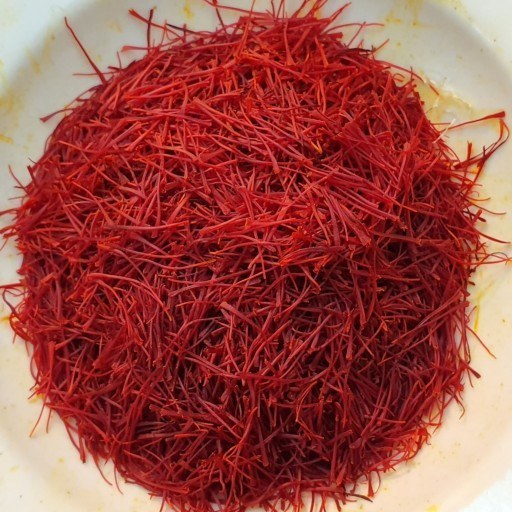
Which is the Best Type of Saffron?
Among the available types of saffron, Negin Saffron is renowned for its exceptionally strong coloring properties as well as its remarkable aroma and fragrance. In Iran, the best type of saffron is recognized as Negin Saffron, which is also sometimes referred to as “Neginy” Saffron. It is the most expensive saffron in Iran and is widely used for export due to its high coloring strength and superior quality.
Characteristics of Negin Saffron:
- The ends of the stigma are not white.
- It has no curls or twists.It features a beautiful color and an attractive shape.
- The three stigma branches in Negin Saffron are completely separate and detached.
- In Negin Saffron, no pieces are stuck together.
Different Types of Negin Saffron
Negin Saffron Varieties Based on Processing Method:
- Super Negin Saffron
- Semi-Negin Saffron
- Grade Two Negin Saffron
- Pressed Negin Saffron
Super Negin Saffron
Super Negin Saffron is one of the finest and highest-grade saffron varieties available on the market, often considered the global benchmark for saffron quality. This type of saffron has a higher quality and price compared to other varieties. It boasts excellent coloring properties and a visually appealing appearance, making it an ideal choice for export to countries such as China, India, Japan, and other Asian markets.
Semi-Negin Saffron
Semi-Negin Saffron has lower quality compared to other types of Negin Saffron, but its main advantage is its affordable price. Due to its cost-effectiveness, it is often a recommended choice for bulk purchases and commercial use.
Grade Two Negin Saffron
This type of saffron is considered to have medium to high quality among the Negin Saffron varieties. As a result, it is also regarded as a suitable option for export.
Pressed Negin Saffron
The difference in Pressed Negin Saffron (also known as “Ironed” Negin Saffron) lies in the drying process. If the stigma tips are flattened or shaped like a blade due to physical or air pressure, it results in Pressed Negin Saffron. This type of saffron has recently become very popular, and it is widely used for export.
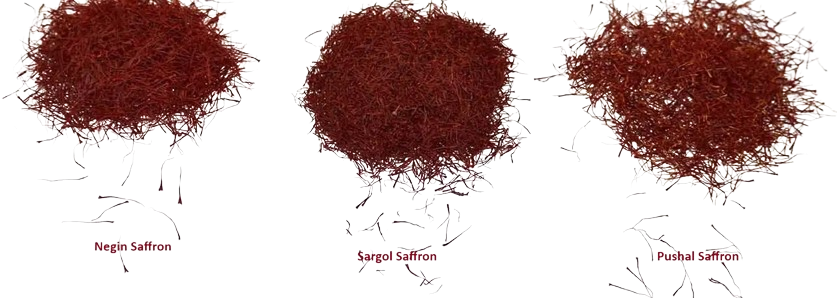
2-Sargol Saffron
Sargol Saffron is the most commonly packaged saffron for daily household use, often found in one-gram and one-mesghal packs. It is derived from the top part of the saffron stigma (known as “Sargol” or “Sarghalam”), which gives it high coloring power, a strong aroma, and a rich flavor.
Unlike other saffron types, Sargol Saffron contains no yellow or white parts (such as the saffron root), meaning only the pure red stigma threads are present. These are fully separated, clean, and neatly trimmed. However, Sargol Saffron tends to have more broken or smaller pieces compared to other saffron types.
Interestingly, Sargol Saffron is also known by other names, such as Sar-Risheh, Sarghalam, and Momtaz Saffron. Outside of Iran, it is widely recognized under the international name “ALL RED” Saffron.
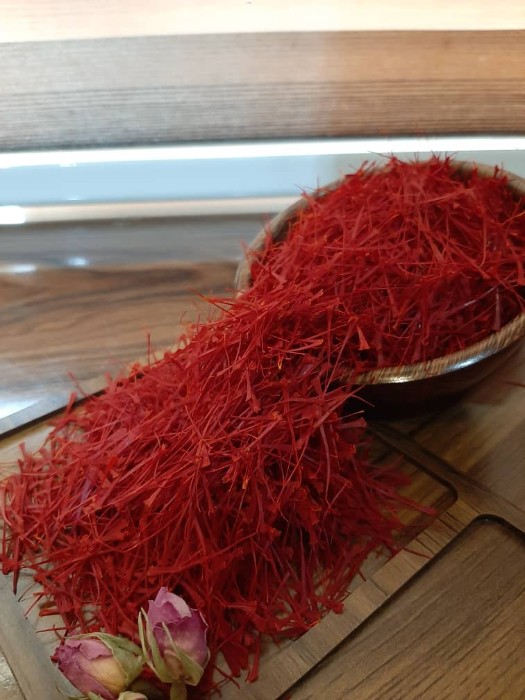
What is the Difference Between Sargol Saffron and Negin Saffron?
- Its stigma threads (cut filaments) are completely separate from each other.
- The stigma is entirely red, with no traces of white.
- It has a beautiful color and an attractive appearance.
- The threads are not intertwined or stuck together.
- Sargol Saffron has different varieties, but they are not as commonly known.
- It is composed of thick and robust stigma threads.
- The Crocin and Safranal content in Sargol Saffron is very high.
- The uses of Sargol Saffron include medicinal, culinary, and industrial applications.
- It is also one of the main types of saffron exported globally.
3-Pushal Saffron
Pushal Saffron is a type of saffron that contains red stigmas along with a portion of the style (ranging between three to five millimeters). This type of saffron is produced at the beginning of the harvest season. Additionally, this saffron flower has a longer shelf life compared to other saffron flowers, as it retains a portion of the style along with the stigma. In its natural state, approximately one kilogram of Pushal Saffron is obtained from every 100 kilograms of saffron flowers.
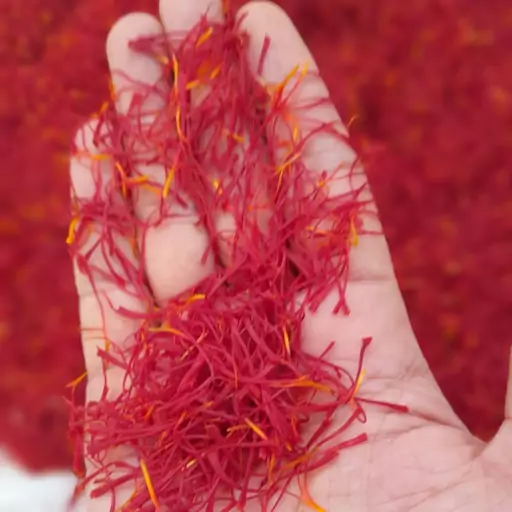
This type of saffron has higher coloring strength compared to Dasteh Saffron, as it contains more stigmas than the latter. Some people prefer Pushal Saffron because the stigmas remain attached to the style, making it more difficult to adulterate and easier to verify its authenticity.
Pushal Saffron and Its Characteristics
- White coloration is visible at the end of the stigma.
- It is intertwined and curled.
- It does not contain pieces stuck together.
- It has thread-like strands in a bundled form.
- It has a beautiful color.
4-Dasteh (Dokhtar-Pich) Saffron
Among the various types of saffron, Dasteh Saffron (also known as Dokhtar-Pich Saffron) is considered the most fundamental and traditional type. The processing method involves arranging the saffron threads together, and after drying, the entire saffron strand (a combination of stigma and style) is prepared.
Generally, the style portion is between 3 to 5 millimeters, while the stigma length may vary depending on the quality of the saffron—it can be either longer or shorter. However, this characteristic often depends on the preferences of the person cleaning the saffron, who are typically women.
In terms of price, this type of saffron is more affordable than other saffron grades, making it a cost-effective option. Dasteh Saffron is also considered one of the most visually appealing saffron varieties, attracting many buyers from different social groups.
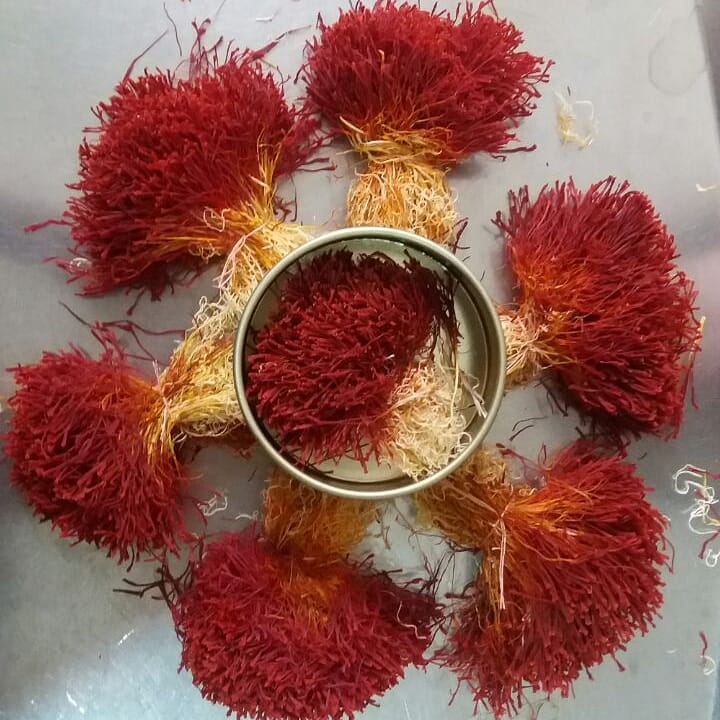
5- Root Saffron
At first glance, you might assume that Root Saffron refers to the actual root of the saffron plant that grows in the soil, but that is not the case. The stigma of the saffron flower, which is the main part of saffron, has a white section at its end, which is known as Root Saffron.
Root Saffron retains all the medicinal and aromatic properties of the red stigma but lacks its coloring power. This type of saffron is significantly more affordable compared to other saffron varieties, while still offering the full health benefits of saffron. Therefore, if your primary purpose for purchasing saffron is therapeutic use, buying Root Saffron can be a cost-effective option.
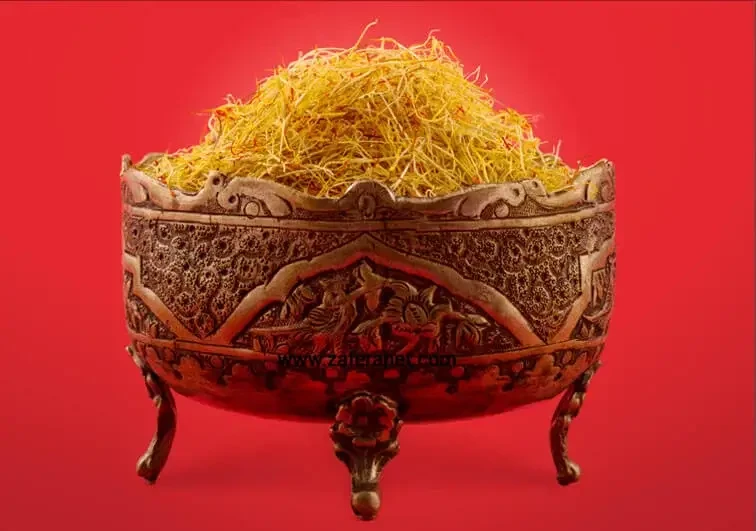
Summary
In this article, we have provided a concise overview of different types of saffron. If you wish to learn more about any specific type, we recommend following the links provided in each section for further details.
Generally, saffron is classified into various types, including Negin, Pushal, Sargol, Dasteh (Dokhtar-Pich), and Root Saffron. Additionally, both Negin Saffron and Sargol Saffron are further categorized into different subtypes.
Negin Saffron itself has several varieties, including:
- Super Negin
- Grade Two Negin
- Pressed Negin
- Semi-Negin
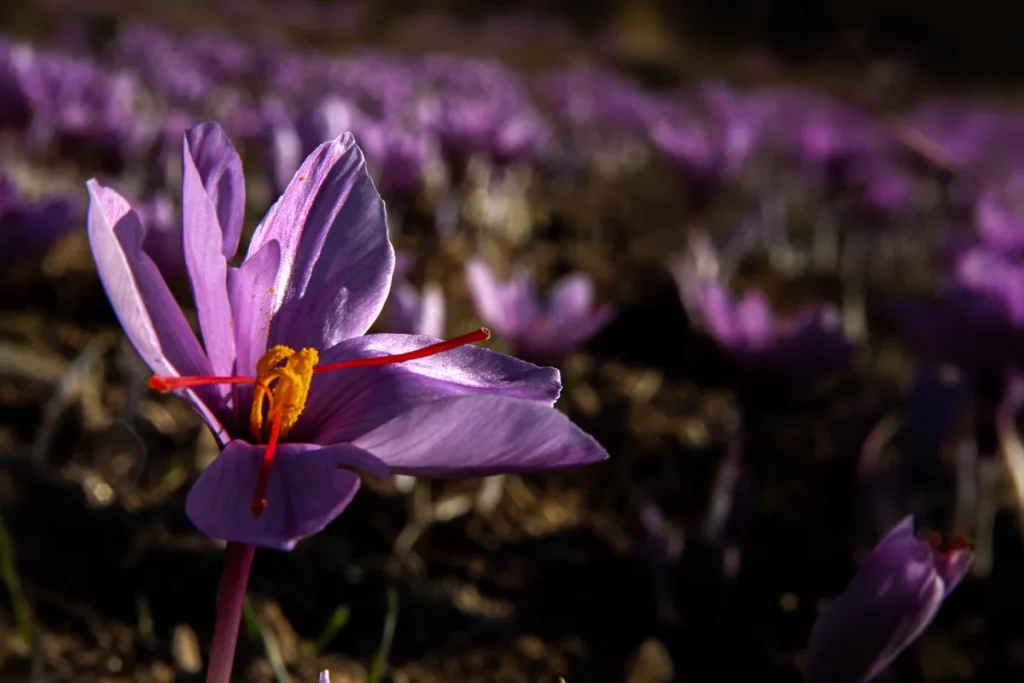
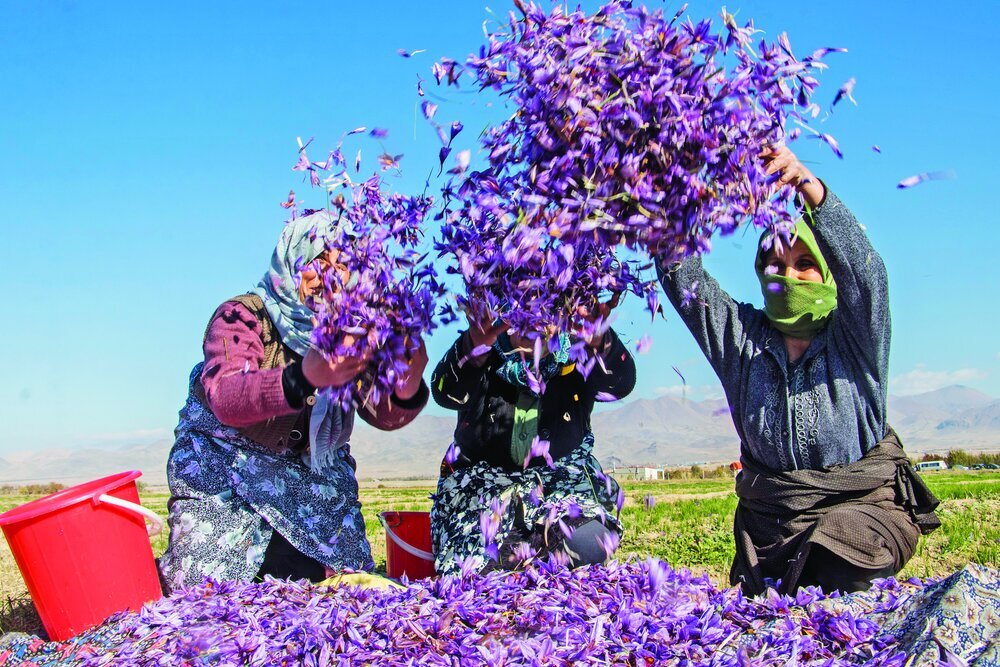

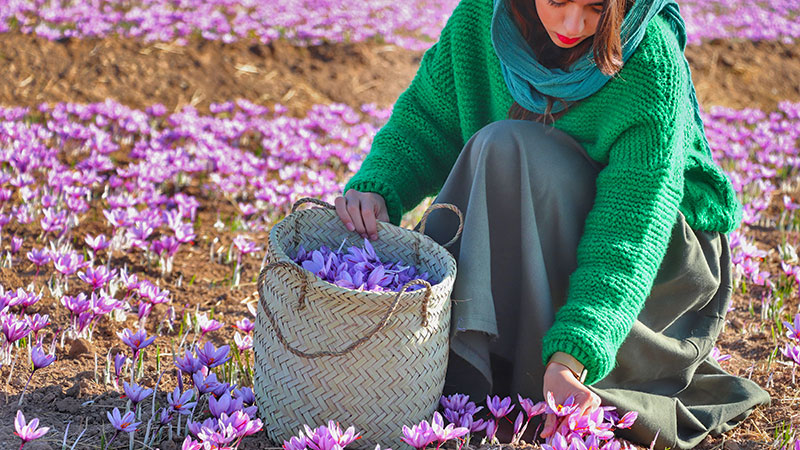

Leave a Reply